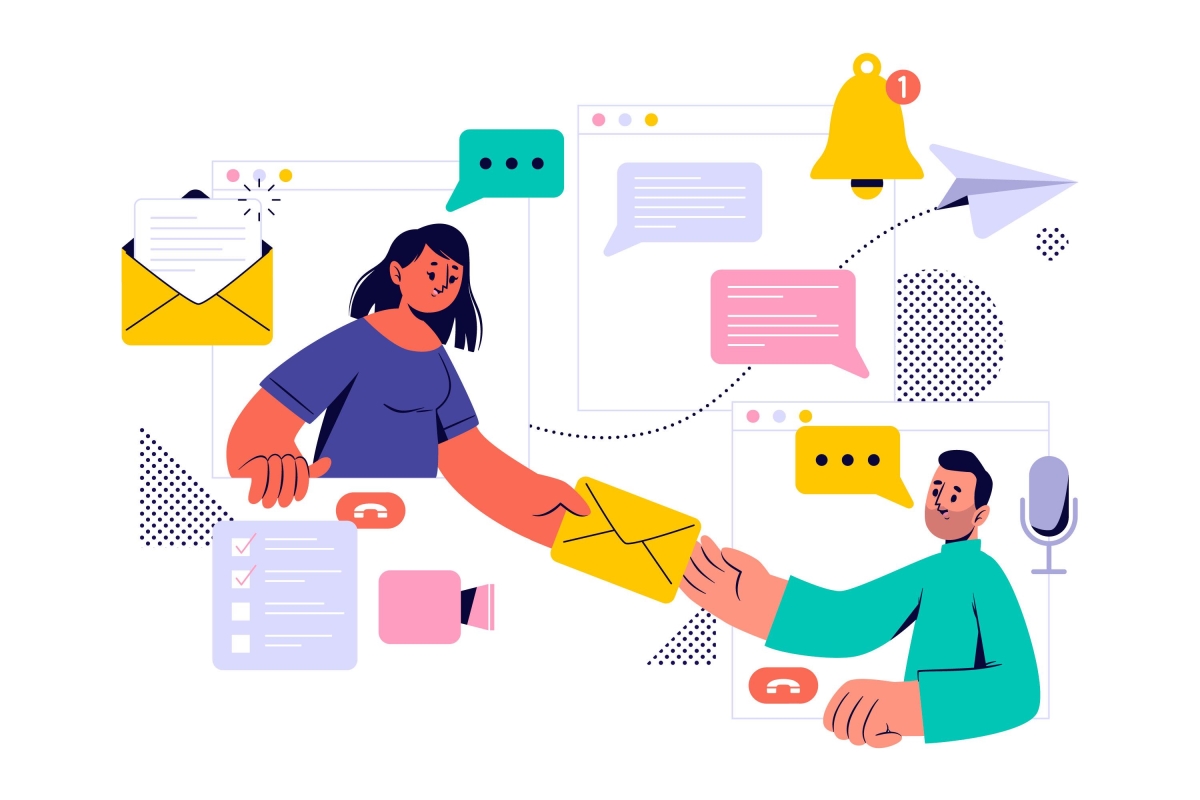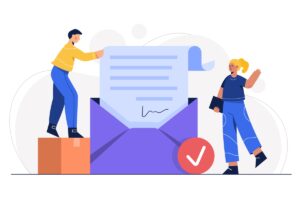
What is email segmentation?
Email segmentation is the process of organising your email recipients into specific groups. This allows you to send more targeted and relevant content to each segment instead of sending the same information to your whole list of email contacts.
Why is email segmentation important?
Email segmentation is important as it lets you personalise your email marketing efforts. By segmenting your email audience, you can deliver content that best suits that particular segment. This can include personalising based on factors such as location, purchase history, or company size (for B2B email marketing campaigns).
What are the benefits of email segmentation?
By categorising your email contacts into smaller groups, you can increase the effectiveness of your email campaigns. This segmentation leads to messaging that is more personalised and better resonates with its audience, improving engagement, and increasing conversions.
Marketers note that segmented email campaigns generate far higher revenues compared with non-segmented campaigns. According to a study carried out by email-sending platform MailChimp, segmented email campaigns had a 14% higher open rate, 101% more clicks, and a 10% lower unsubscribe rate than non-segmented campaigns.
Types of email segmentation

There are infinite ways to segment your email audience, some of the most common segmentation types include:
Behavioural – segmenting on past and current subscriber behaviour like email opens and clicks, website browsing and purchasing history, and abandoned carts. This allows you to create personalised messaging based on consumer behaviour.
Demographic – segmenting along demographic lines like age, gender, marital status, education, and income.
Firmographic – segmenting on firm characteristics like industry type, company size, and revenue. This allows for more precise B2B marketing based on specific characteristics, for example, law firms with revenue between £10-20 million.
Geographic – segmenting by location such as country, region, county, or even postcode. This allows you to create more localised campaigns and tailor your message to regional preferences, including different language messaging.
Psychographic – segmenting based on psychological attributes like interests, social status, and lifestyle habits. For example, a sports clothing retailer could use this type of segmentation to learn what its customers care about to create email campaigns aimed at those individuals.
An email segmentation can also combine different types, for example, a group based on the purchase history of males aged 18-35 in the UK.
How do you segment an email audience?

Email segmentation involves dividing your subscribers into groups based on specific criteria. Here are 8 steps on how to segment your email list:
1. Define your email segmentation criteria. What are the characteristics you are planning to use for your segmentation? These could be demographics, location, or any other data points that align with your objectives.
2. Gather relevant data. Collects as much data as possible about your subscribers so that you can segment them effectively. This could include information like age, interests, and purchase history.
3. Analyse your data. Once you have collected data, analyse it to identify patterns, trends or common characteristics that can be used to create segments.
4. Create segmented lists. Create your segmented lists based on the defined characteristics and give these lists relevant titles.
5. Personalise your messaging. Ensure that your email content is relevant to the segment receiving it, after all, this is the main reason for segmenting your audience.
6. Test and optimise. Carry out A/B testing of your emails. Test subject lines, email copy, imagery and send times. All this data is great feedback to understand your new segments and improve future campaigns.
7. Automate your segmentation. Whenever possible, automate your segmentation process by using an email marketing platform or customer relationship management (CRM) system that offers these features. This will make the process quicker and easier.
8. Maintain a clean database. It is important to regularly clean your email list to remove inactive email addresses and those who unsubscribe. A well-maintained list of contacts will help improve email engagement and conversion rates.
By segmenting your email audience, you can personalise your messaging and deliver the most relevant content to each group. This can help improve campaign performance, increase engagement, and drive better results for your business.
